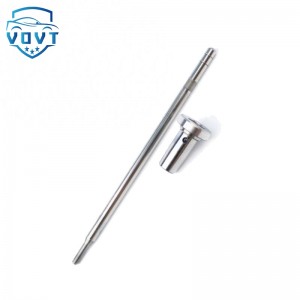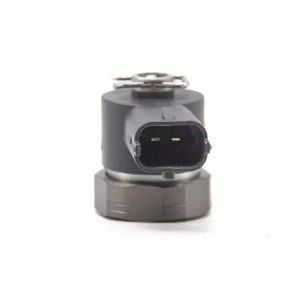New High Quality Diesel Nozzle DLLA150P635 for Injection Nozzle Diesel Engine Parts
Products Description
| Reference. Codes | DLLA150P635 |
| Application | / |
| MOQ | 12PCS |
| Certification | ISO9001 |
| Place of Origin | China |
| Packaging | Neutral packing |
| Quality Control | 100% tested before shipment |
| Lead time | 7~15 working days |
| Payment | T/T, L/C, Paypal, Western Union, MoneyGram or as your requirement |
Injector nozzle: the terminal control element for efficient combustion of diesel engines
Abstract
The injector nozzle is the terminal actuator of the fuel injection system. It achieves efficient mixing of fuel and air through precise atomization and targeted injection. Its structural parameters and operating conditions directly impact the diesel engine's power output, fuel economy, and emissions. This article describes the nozzle's core structure, atomization mechanism, performance-influencing factors, and technological evolution trends.
Structure and Atomization Mechanism
The nozzle consists of a nozzle plate, a needle valve seat, and a guide chamber. Key parameters include the number of nozzle holes (4-8), diameter (0.1-0.3mm), cone angle (120°-150°), and hole spacing. High-pressure fuel (1600-2500 bar) is accelerated through the guide chamber and ejected from the nozzle at a speed of 150-300 m/s. Air resistance and turbulent shear break the fuel into droplets of 10-30 μm, forming an umbrella-shaped spray field. The nozzle layout must match the combustion chamber geometry to ensure uniform coverage of the fuel mist across the combustion area.
Factors Affecting Performance
Nozzle hole wear is the primary failure mode. For every 0.02mm increase in diameter, the atomized particle size increases by 15%, leading to an 8% increase in soot emissions. The hole surface roughness must be controlled below Ra0.02μm. Otherwise, turbulent dead zones will occur, reducing atomization efficiency. Fuel impurities (such as particles >5μm) exacerbate nozzle hole erosion, while high-temperature carbon deposits can cause hole blockage. Furthermore, the matching of needle valve lift (0.15-0.3mm) and injection pressure directly affects spray penetration. Excessive deviation can result in wall wetting or locally enriched mixtures.
Technological Development Trends
Laser drilling technology can achieve a nozzle hole diameter tolerance of ±0.005mm. 3D printing of special-shaped holes (such as convergent-divergent) can reduce atomized particle size by 20%. A surface-sprayed diamond-like carbon coating (DLC) increases wear resistance fivefold, while a smart nozzle with an integrated micro-pressure sensor provides real-time feedback on spray status, dynamically adjusting injection parameters via the ECU. These technologies enable diesel engines to achieve thermal efficiency exceeding 50% while meeting China VII emission standards.





















